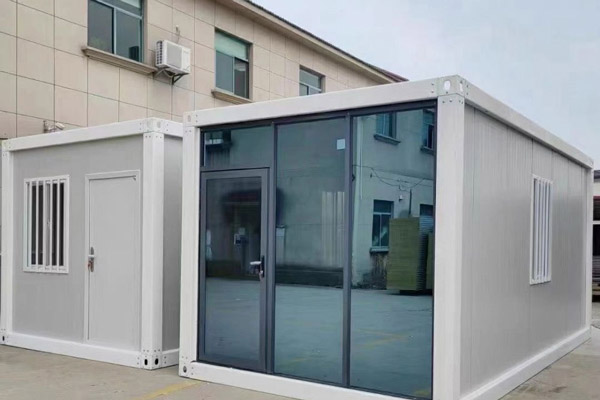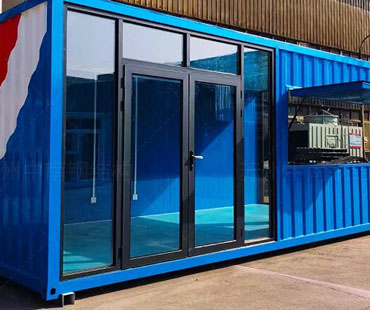In an increasingly interconnected world, container ports stand as the vital hubs of global trade, facilitating the movement of goods across countries and continents. With globalization driving the demand for efficient logistics and supply chain management, the role of container ports has evolved into a complex network of operations that ensure the seamless flow of cargo.
Container ports are critical to international trade, serving as the primary points of entry and exit for goods. They handle the loading, unloading, and storage of containers—standardized units that simplify the transport of various products, from electronics to agricultural goods. According to the United Nations Conference on Trade and Development (UNCTAD), about 80% of global merchandise trade by volume is carried by sea, underscoring the essential role these ports play in the global economy.
The operation of a container port involves several key components:
1.Berthing and Unloading: When a container ship arrives at port, it is assigned a berth where it can dock. Specialized cranes, known as gantry cranes, are used to unload containers from the ship and place them onto trucks or trains for further transportation.
2.Storage and Yard Management: Once offloaded, containers are transported to container yards for storage. Here, efficient yard management systems track container locations, ensuring quick retrieval when needed. Ports utilize sophisticated software solutions to optimize container stacking and minimize the time spent moving containers.
3.Customs and Inspection: Before containers can enter or exit a port, they must pass through customs inspections. This process involves verifying the contents, checking for compliance with regulations, and assessing duties or taxes. Efficient customs operations are crucial to minimizing delays and ensuring smooth trade flow.
4.Intermodal Transportation: Container ports are typically linked to various modes of transportation, including trucks, trains, and barges. This intermodal connectivity is essential for ensuring that goods can reach their final destinations quickly and efficiently. The integration of different transport modes helps to streamline operations and reduce costs.
5.Technology Integration: Modern container ports are increasingly adopting digital technologies such as the Internet of Things (IoT), artificial intelligence (AI), and automated systems. These technologies enhance operational efficiency, improve safety, and provide real-time data for better decision-making.

Despite their crucial role, container ports face several challenges:
-Congestion: With the growth of global trade, many ports are experiencing congestion, leading to delays in unloading and processing containers. This bottleneck can result in increased costs and supply chain disruptions.
-Environmental Concerns: Container ports contribute to air pollution and greenhouse gas emissions. The shipping industry is under pressure to adopt more sustainable practices, such as using cleaner fuels and implementing green technologies.
-Security Risks: The movement of goods through ports poses security challenges, including smuggling and terrorism threats. Ports must implement stringent security measures to safeguard cargo and ensure the safety of personnel.
-Labor Issues: Labor strikes and shortages can disrupt port operations, affecting the entire supply chain. Ports must manage workforce dynamics while maintaining productivity.
Looking ahead, container ports are poised to undergo significant transformations. Here are some trends shaping their future:
-Automation and Robotics: The adoption of automated cranes, autonomous vehicles, and robotic systems will enhance operational efficiency and reduce labor costs. Ports are investing in automation to manage increasing cargo volumes.
-Sustainability Initiatives: Ports are increasingly focusing on sustainable practices, such as implementing energy-efficient technologies and reducing emissions. Initiatives like electrifying port equipment and investing in renewable energy sources are gaining traction.
-Digitalization: The shift towards digital ports will continue, with an emphasis on data analytics, blockchain technology, and real-time tracking systems. These advancements will enhance transparency and improve collaboration among stakeholders.
-Resilience Planning: In response to disruptions caused by events like the COVID-19 pandemic, ports are developing resilience strategies that prioritize flexibility and adaptability in their operations.
Container ports are the backbone of global trade, enabling the flow of goods that sustain economies and communities worldwide. As they navigate the complexities of modern logistics, the focus on efficiency, sustainability, and technology integration will be paramount. By addressing current challenges and embracing innovative solutions, container ports will continue to play a pivotal role in shaping the future of international trade.


